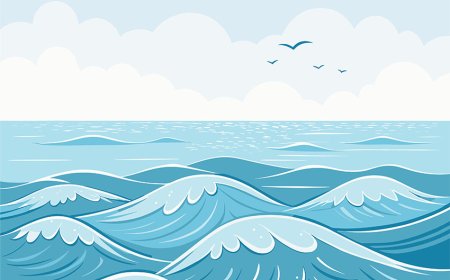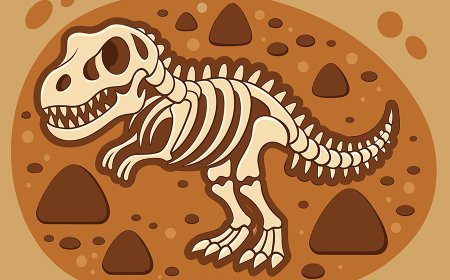Sedimentary Rocks for Students | Earth Science Guide
Learn about sedimentary rocks formed from layers of sand mud and fossils discover examples like sandstone limestone and shale and their role in Earth science
🌟 Introduction
Sedimentary rocks tell the story of Earth's history. They form when layers of sediment-tiny pieces of rock, sand, minerals, and even fossils-are pressed and cemented together over time. These rocks often appear in visible layers, like pages in a book, recording past environments, climates, and life. Sedimentary rocks cover about 75% of Earth's surface, even though they make up only a small part of the crust by volume. They are important for studying fossils, understanding past climates, and providing resources such as building materials, coal, and oil.
🔍 What are Sedimentary Rocks?
Sedimentary rocks are formed when weathered rock pieces, minerals, and organic material settle in layers and harden over time.
Types of sedimentary rocks include:
-
Clastic: Made of rock fragments (e.g., sandstone, shale).
-
Chemical: Formed from dissolved minerals (e.g., limestone, halite).
-
Organic: Made from remains of plants and animals (e.g., coal, chalk).
🌍 Why are Sedimentary Rocks Important?
-
Fossil Record: They preserve fossils that show how life and environments have changed.
-
Resources: Provide coal, oil, gas, and construction materials.
-
Earth's Story: Their layers reveal Earth's climate and geological history.
-
Water Storage: Many sedimentary rocks hold groundwater in aquifers.
🧪 Everyday Examples
-
Sandstone is used in buildings and paving.
-
Limestone is used to make cement and is also a source of fossils.
-
Shale can be split into thin sheets for construction.
-
Coal is burned to produce energy in power plants.
✨ Fun Facts
-
The Grand Canyon is a famous example of exposed sedimentary rock layers.
-
Fossils are almost always found in sedimentary rocks, not igneous or metamorphic.
-
Chalk, used on blackboards, is a type of soft sedimentary rock made from tiny marine organisms.
-
Some sedimentary rocks form in just thousands of years, faster than igneous or metamorphic rocks.
📌 Key Takeaways
-
Sedimentary rocks form from layers of sediment pressed together.
-
They come in three main types: clastic, chemical, and organic.
-
They preserve fossils and tell Earth's history.
-
Sandstone, limestone, shale, and coal are common examples.
🐾 Kid-Friendly Summary
Sedimentary rocks are made from layers of sand, mud, and even fossils. They form like pages in a history book, showing us what Earth was like long ago.
📚 Vocabulary Words
-
Sedimentary Rock: Rock formed from compacted layers of sediment.
-
Sediment: Tiny pieces of rock, sand, or organic material.
-
Clastic Rock: Made of rock fragments cemented together.
-
Chemical Rock: Formed from minerals left behind when water evaporates.
-
Organic Rock: Formed from remains of living things.
-
Sandstone: A clastic rock made of sand grains.
-
Limestone: A rock often formed from shells and marine fossils.
-
Shale: A fine-grained sedimentary rock that splits easily.
-
Fossil: Preserved remains or traces of ancient life.
-
Erosion: The process of moving sediment by wind, water, or ice.
🧠 Interactive Quiz on Sedimentary Rocks
- Sedimentary rocks form when
A. Lava cools
B. Layers of sediment are pressed together
C. Heat and pressure change rocks
D. Crystals grow from magma - Which type of rock often contains fossils?
A. Igneous
B. Metamorphic
C. Sedimentary
D. Volcanic glass - Which is a clastic sedimentary rock?
A. Sandstone
B. Obsidian
C. Marble
D. Granite - Coal is an example of
A. Igneous rock
B. Organic sedimentary rock
C. Chemical sedimentary rock
D. Metamorphic rock - Which famous landmark shows sedimentary rock layers?
A. Mount Everest
B. The Grand Canyon
C. Hawaii’s volcanoes
D. Iceland glaciers




















































